Data management has become crucial in 2025. Efficient data management tools ensure seamless operations and informed decision-making. The landscape of these tools continues to evolve, driven by technological advancements and increasing data volumes. The global data management market is projected to exceed $100 billion by 2025. This blog aims to highlight the best data management tools available in 2025, helping organizations navigate this dynamic environment. The following is the list of Top Data Management Tools of 2025:
- FineDataLink
- Talend
- Informatica PowerCenter
- Microsoft Azure Data Factory
- Snowflake
Criteria for Evaluating Data Management Tools
Usability of Data Management Tools
User Interface
A user-friendly interface is crucial for enhancing the efficiency and effectiveness of data management tools. Clear navigation and intuitive design elements significantly reduce the time required to perform tasks, enabling users to work more efficiently. Visual elements such as dashboards, icons, and graphs improve user interaction by making complex data more accessible and understandable at a glance. Consistency in design helps users quickly familiarize themselves with the tool, minimizing the learning curve and reducing the potential for errors. Tools like FineDataLink excel in this area, offering a modern and intuitive interface that simplifies data management tasks, making it easier for users to integrate and analyze their data effectively.

Learning Curve
A steep learning curve can significantly hinder productivity and delay the effective use of data management tools. To address this, tools should offer comprehensive tutorials and support materials, including user manuals, FAQs, and video demonstrations. Interactive guides and step-by-step instructions facilitate faster onboarding by providing hands-on experience and immediate feedback. Training programs and certification courses can further aid users in mastering the tool, ensuring they can leverage its full potential. FineDataLink supports users with its extensive range of tutorials and interactive guides, as well as training resources that make it easier to get started and achieve proficiency quickly.
Customization and Flexibility
Customization and flexibility are key aspects of usability in data management tools. The ability to tailor the interface and functionality to meet specific user needs and preferences enhances overall user satisfaction. Customizable dashboards, reports, and workflows allow users to focus on the most relevant data and streamline their processes. Flexibility in integrating with other software and data sources ensures that the tool can adapt to various business environments and requirements. FineDataLink offers robust customization options and supports integration with over 100 data sources, allowing users to create a tailored data management experience that fits their specific needs and enhances their workflow efficiency.
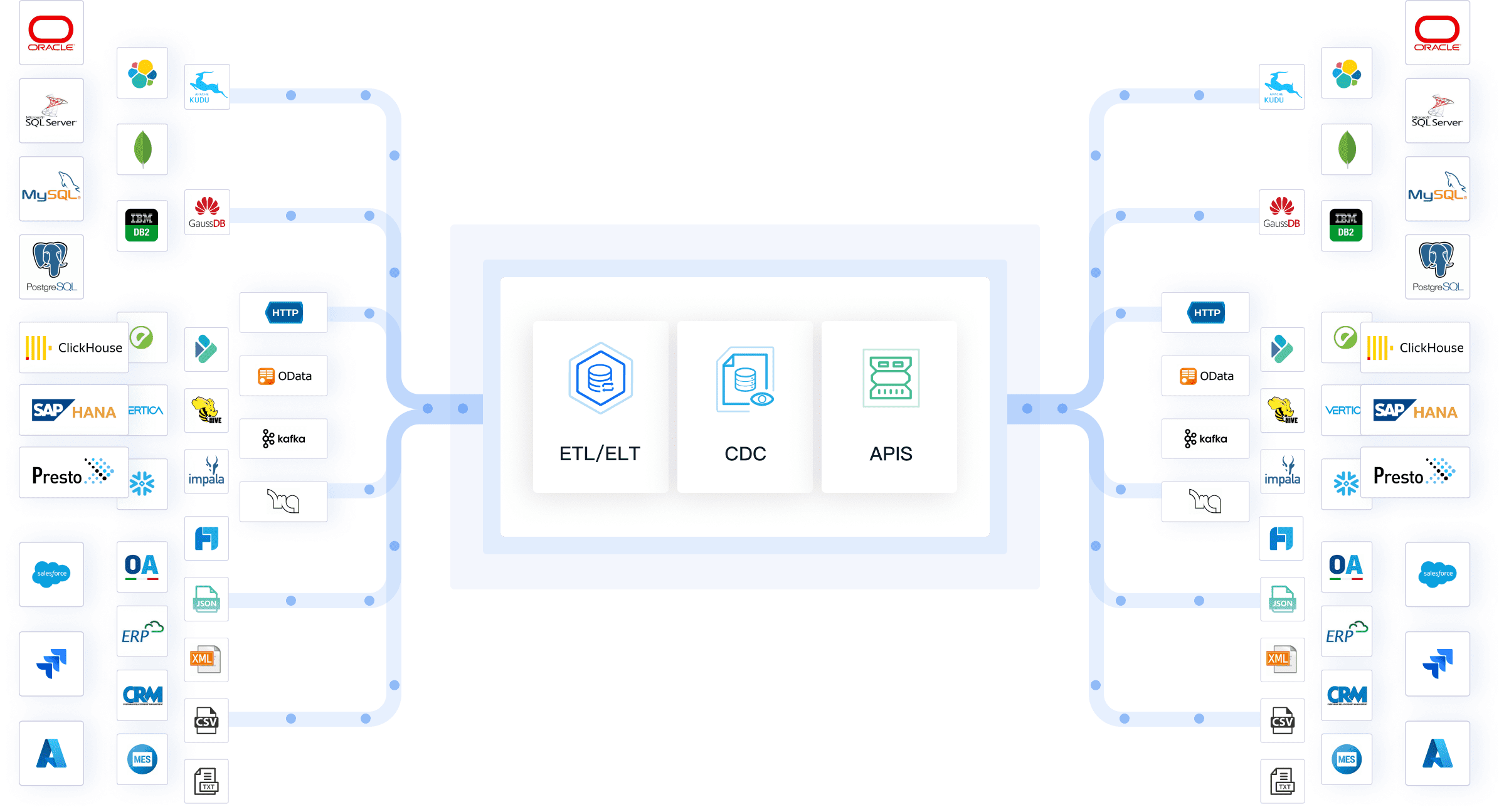
Performance and Reliability
High performance and reliability are essential for the usability of data management tools. Users need tools that can handle large volumes of data and complex queries without significant lag or downtime. Consistent performance ensures that users can rely on the tool for critical tasks, which enhances trust and dependability. Features such as automated backups, robust security measures, and efficient data processing algorithms contribute to the overall performance and reliability of the tool. FineDataLink is designed with high performance and reliability in mind, providing seamless data synchronization and processing to ensure users can depend on it for their most important data integration tasks.
Support and Community
Access to robust support and an active user community is vital for the usability of data management tools. Comprehensive customer support, including live chat, email, and phone assistance, helps users resolve issues quickly and efficiently. An active user community provides a platform for users to share experiences, tips, and solutions, fostering collaboration and learning. Regular updates and enhancements based on user feedback ensure that the tool evolves to meet the changing needs of its users. FineDataLink offers excellent customer support and has a vibrant user community, providing users with the resources and assistance needed to fully utilize the tool and stay informed about the latest developments and best practices.
Incorporating these elements into the design and functionality of data management tools can significantly enhance their usability, making them more effective and user-friendly. FineDataLink exemplifies these principles by offering an intuitive interface, comprehensive support, and customizable features that meet the diverse needs of today’s data-driven organizations.
Features of Data Management Tools
Data Integration
Effective data integration is at the heart of robust data management tools. These tools must seamlessly connect and integrate data from various sources, whether they are databases, applications, or cloud services. This capability ensures that data from disparate systems can be unified into a single, coherent view, enabling comprehensive analysis and reporting. Real-time data integration is particularly valuable, as it supports timely decision-making by providing up-to-date information. Tools like FineDataLink excel in this area by offering real-time data synchronization and smooth integration across over 100 data sources, enhancing the ability to manage and analyze data efficiently.

Security Measures
Robust security measures are essential for protecting sensitive information in data management tools. Encryption plays a critical role, in safeguarding data during both transmission and storage to prevent unauthorized access. Access controls ensure that only authorized personnel can view or modify data, while regular security audits and compliance with standards such as GDPR help maintain data protection. Advanced features such as data masking and anonymization further enhance security by protecting personally identifiable information (PII). FineDataLink includes these security features, providing users with peace of mind and ensuring compliance with data protection regulations.
Performance of Data Management Tools
Speed and Efficiency
High-speed processing is crucial for handling large volumes of data efficiently. Data management tools should be equipped with efficient algorithms and optimized code to ensure quick processing and response times. Real-time analytics and rapid query responses are essential for maintaining operational efficiency and making informed decisions. FineDataLink is designed with high-performance capabilities, enabling users to process and analyze data swiftly, ensuring that they can rely on the tool for timely insights and operational effectiveness.
Scalability
Scalability is a key feature for data management tools, allowing them to accommodate growing data volumes and increasing demands. Cloud-based solutions offer flexible scalability options, including both horizontal (adding more servers) and vertical (upgrading existing servers) scaling. This flexibility ensures that the system can expand seamlessly as organizational needs evolve. FineDataLink supports scalability by providing solutions that grow with your data and business needs, allowing you to handle expanding datasets without compromising performance.
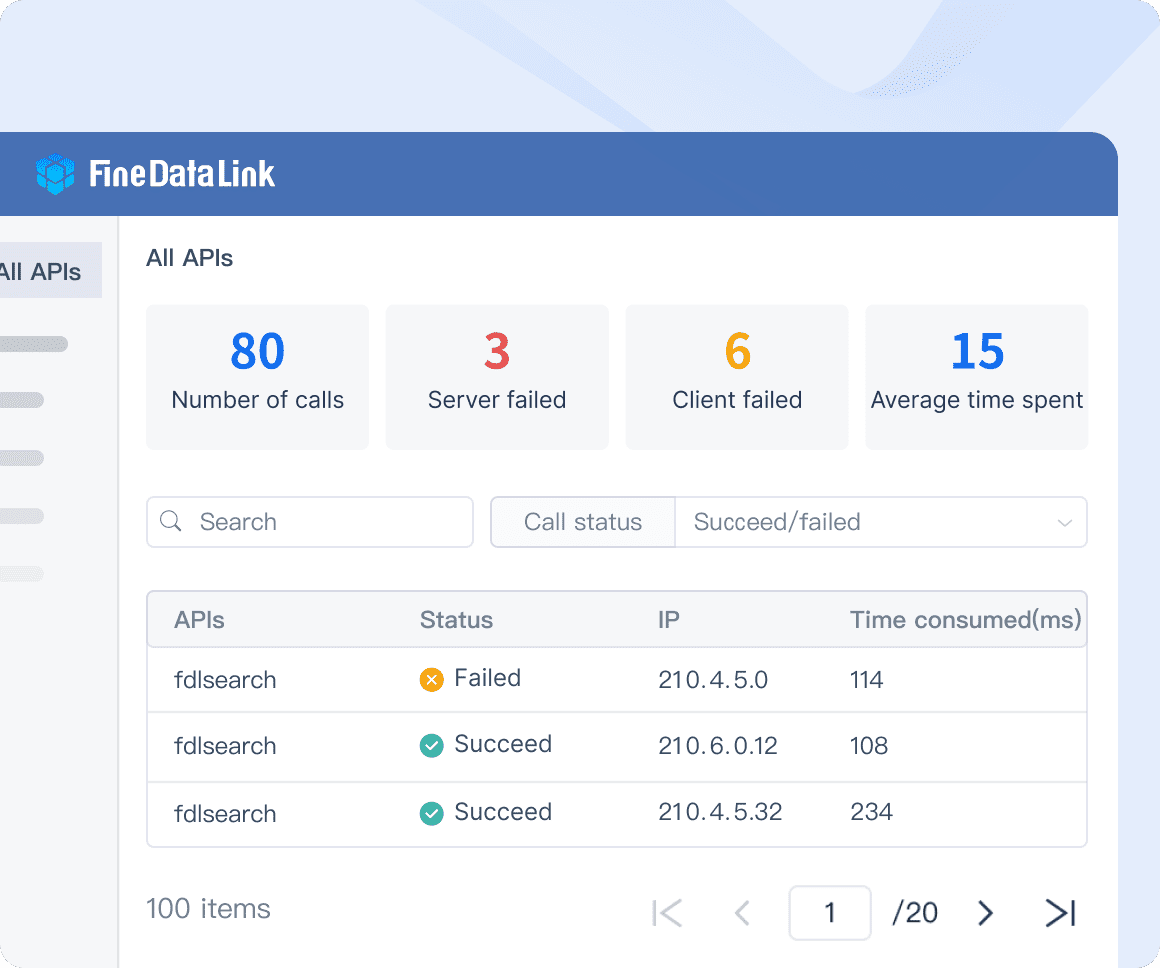
Cost of Data Management Tools
Pricing Models
Data management tools come with various pricing models to fit different organizational needs. Subscription-based models involve recurring fees, typically on a monthly or annual basis, and often include continuous updates and support. Perpetual licensing requires a one-time payment for indefinite use of the software, though it may involve additional costs for upgrades and support. Usage-based pricing charges based on data volume or processing power, which can be advantageous for organizations with fluctuating data needs. Additionally, open-source tools are available for free but may require investment in customization and support. FineDataLink offers flexible pricing options to accommodate different needs, providing a solution that aligns with your budget and requirements.
Value for Money
Evaluating the value for money of data management tools involves assessing both their features and performance. A comprehensive feature set that includes robust security, seamless data integration, and real-time analytics can justify higher costs. Tools that offer scalability and a user-friendly interface provide long-term value by growing with your organization and reducing training costs. High-speed processing and efficient operations contribute to improved overall efficiency. When considering the total cost of ownership, including hidden costs such as maintenance and support, organizations can determine the true value of the tool. FineDataLink delivers exceptional value by combining powerful features with a flexible pricing model, ensuring that you receive a high return on your investment.
Top Data Management Tools of 2025
1.FineDataLink
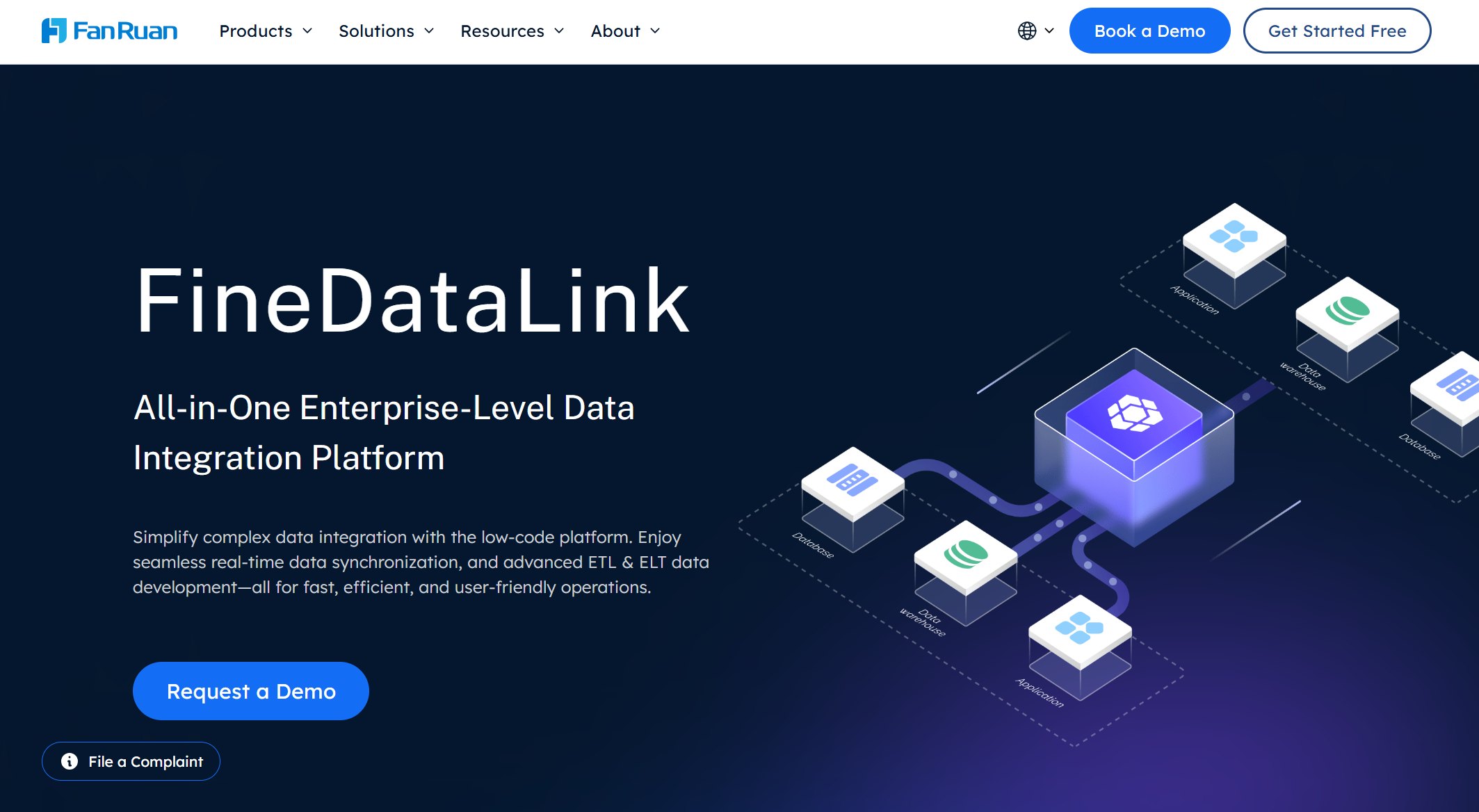
Website: https://www.fanruan.com/en/finedatalink
Key Features
Developed by FanRuan Software, FineDataLink is a powerful data integration platform designed to ensure real-time data synchronization across connected systems, keeping information consistently up-to-date. The platform streamlines complex processes through automated workflows, significantly enhancing operational efficiency. FineDataLink’s low-code environment empowers users to create and deploy integration solutions with minimal coding, making it accessible even to those with limited technical expertise. Moreover, its advanced data processing capabilities facilitate the seamless management of large datasets, enabling precise and timely decision-making.
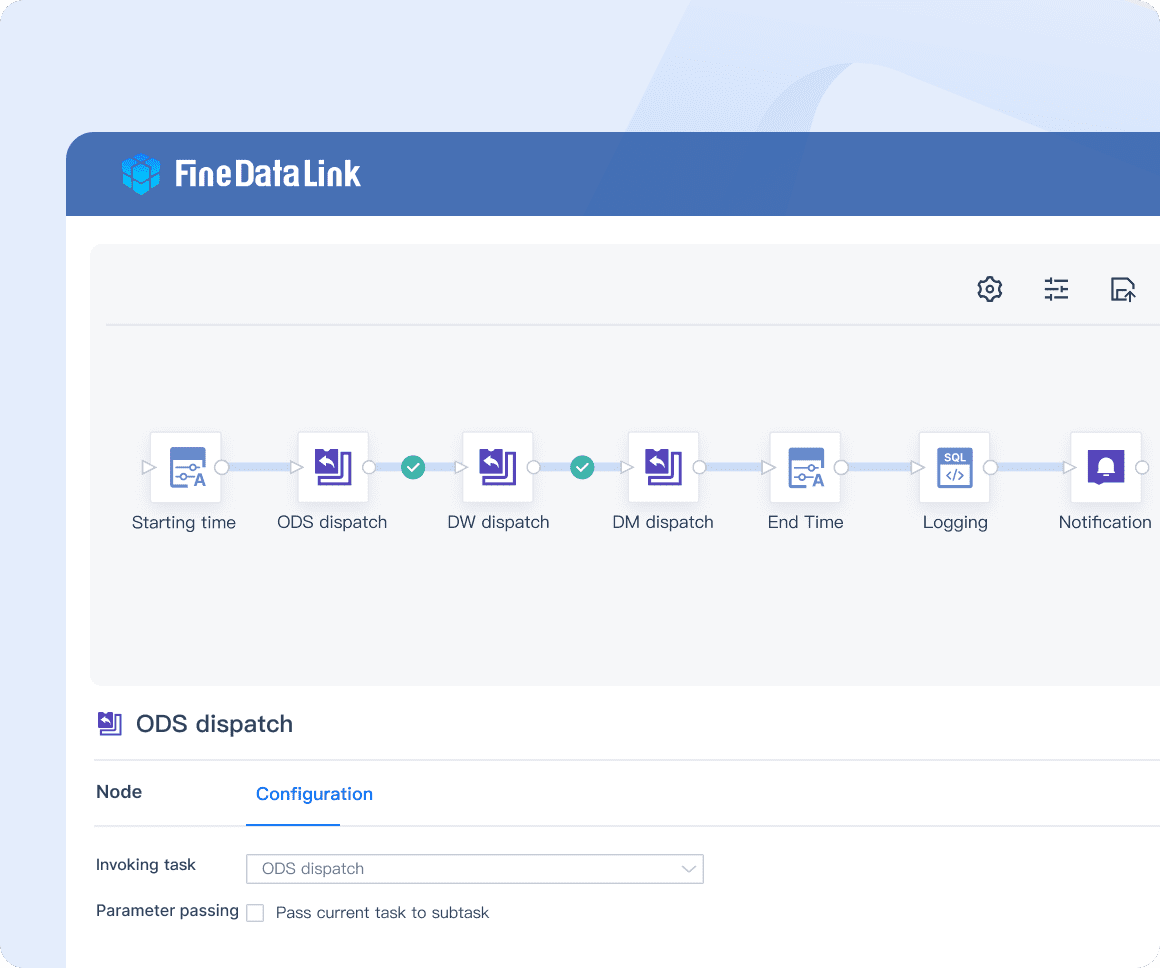
Pros and Cons
Pros:
- User-Friendly Interface: FineDataLink’s intuitive design and streamlined navigation make it easy for users to manage data integration tasks effectively. The modern interface simplifies complex processes and reduces the learning curve for new users.
- Extensive Pre-Built Connectors: The platform provides a wide range of pre-built connectors, allowing users to quickly integrate with various data sources and applications. This feature accelerates deployment and reduces the need for custom development.
- Strong Community Support: FineDataLink benefits from a robust user community and extensive support resources. Users can access forums, documentation, and expert advice to resolve issues and optimize their use of the tool.
Cons:
- Higher Cost for Premium Features: While FineDataLink offers a comprehensive set of features, some advanced functionalities come at a higher cost. Organizations should consider their budget and feature requirements when evaluating the tool.
Ideal Use Cases
FineDataLink excels in scenarios that demand seamless integration between cloud-based and on-premises applications. It is particularly well-suited for organizations looking to automate workflows, enhance data accuracy, and improve overall efficiency. The tool’s ability to handle complex integration tasks with ease makes it an ideal choice for enterprises managing diverse data environments and seeking to streamline their data processes. Whether integrating disparate systems, automating data workflows, or ensuring real-time data consistency, FineDataLink provides a powerful and effective solution for modern data integration challenges.
2.Talend

Website: https://www.talend.com/
Key Features
Talend stands out with its comprehensive data integration and data quality tools. The platform supports big data and cloud environments, making it versatile for various data management needs. Talend’s open-source nature allows for extensive customization and flexibility. The tool also includes built-in data governance features to ensure compliance.
Pros and Cons
Pros:
- Open-source and customizable
- Strong data quality and governance features
- Scalable for big data projects
Cons:
- Steeper learning curve
- Requires more technical expertise
Ideal Use Cases
Talend is suitable for large enterprises dealing with big data and complex data integration requirements. Its robust data quality tools make it a good choice for organizations needing stringent data governance.
3.Informatica
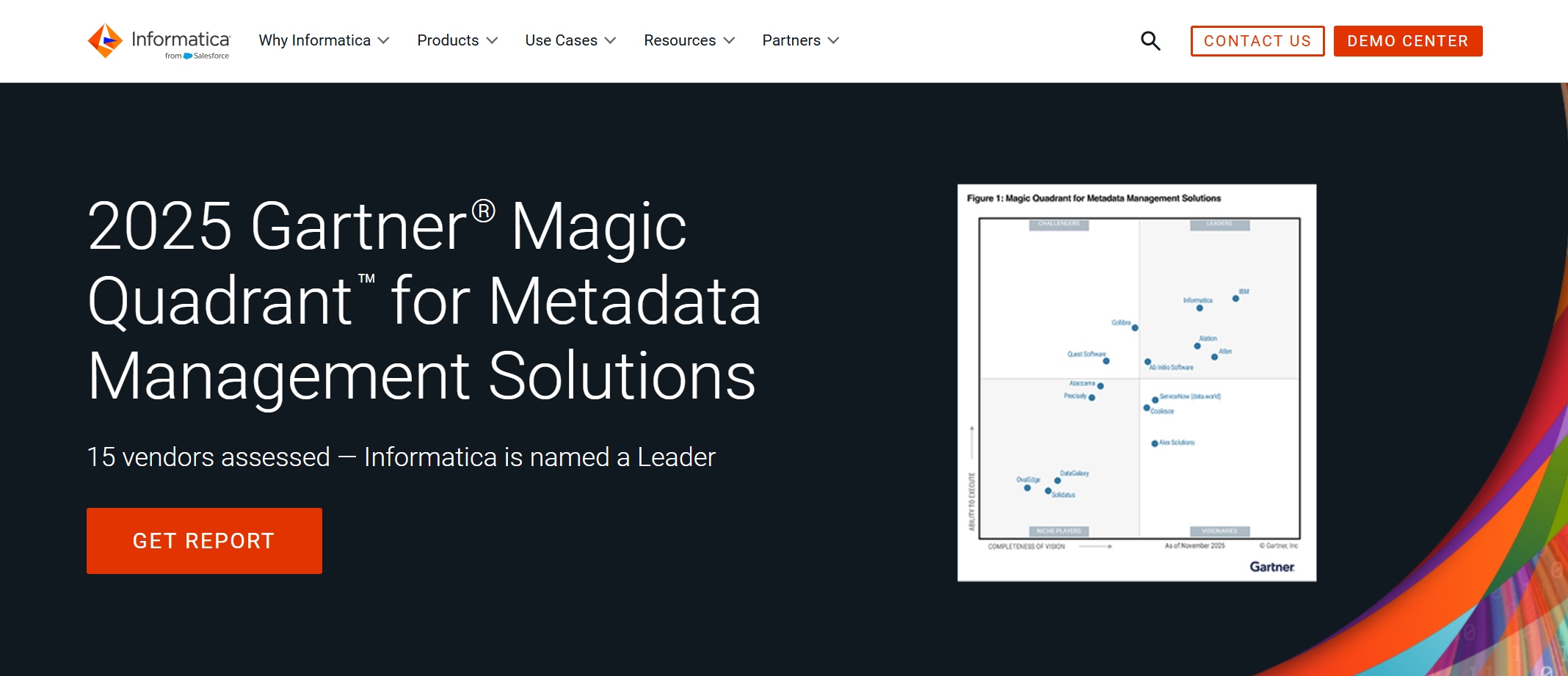
Website: https://www.informatica.com/
Key Features
Informatica provides a wide range of data management solutions, including data integration, data quality, and master data management. The platform supports AI-driven data insights and offers strong security measures. Informatica’s cloud-native architecture ensures scalability and flexibility.
Pros and Cons
Pros:
- Comprehensive feature set
- AI-driven analytics
- Strong security and compliance features
Cons:
- Higher cost compared to other tools
- Complex setup and configuration
Ideal Use Cases
Informatica is ideal for enterprises requiring a comprehensive data management solution. Its AI-driven insights and strong security features make it suitable for industries with stringent compliance requirements.
4.Azure Data Factory

Website: https://azure.microsoft.com/en-us/products/data-factory
Key Features
Azure Data Factory excels in data integration and orchestration. The platform supports a wide range of data sources, both on-premises and cloud-based. Users can create complex data workflows using a drag-and-drop interface. Azure Data Factory offers real-time data processing and transformation capabilities. The tool integrates seamlessly with other Microsoft services, enhancing its versatility.
Pros and Cons
Pros:
- Extensive data source support
- User-friendly drag-and-drop interface
- Real-time data processing
Cons:
- Requires familiarity with Azure ecosystem
- Higher cost for extensive usage
Ideal Use Cases
Azure Data Factory is ideal for organizations needing robust data integration across diverse environments. The tool suits businesses leveraging the Microsoft ecosystem for their data management needs. Real-time data processing makes it suitable for scenarios requiring immediate data insights.
5.Snowflake
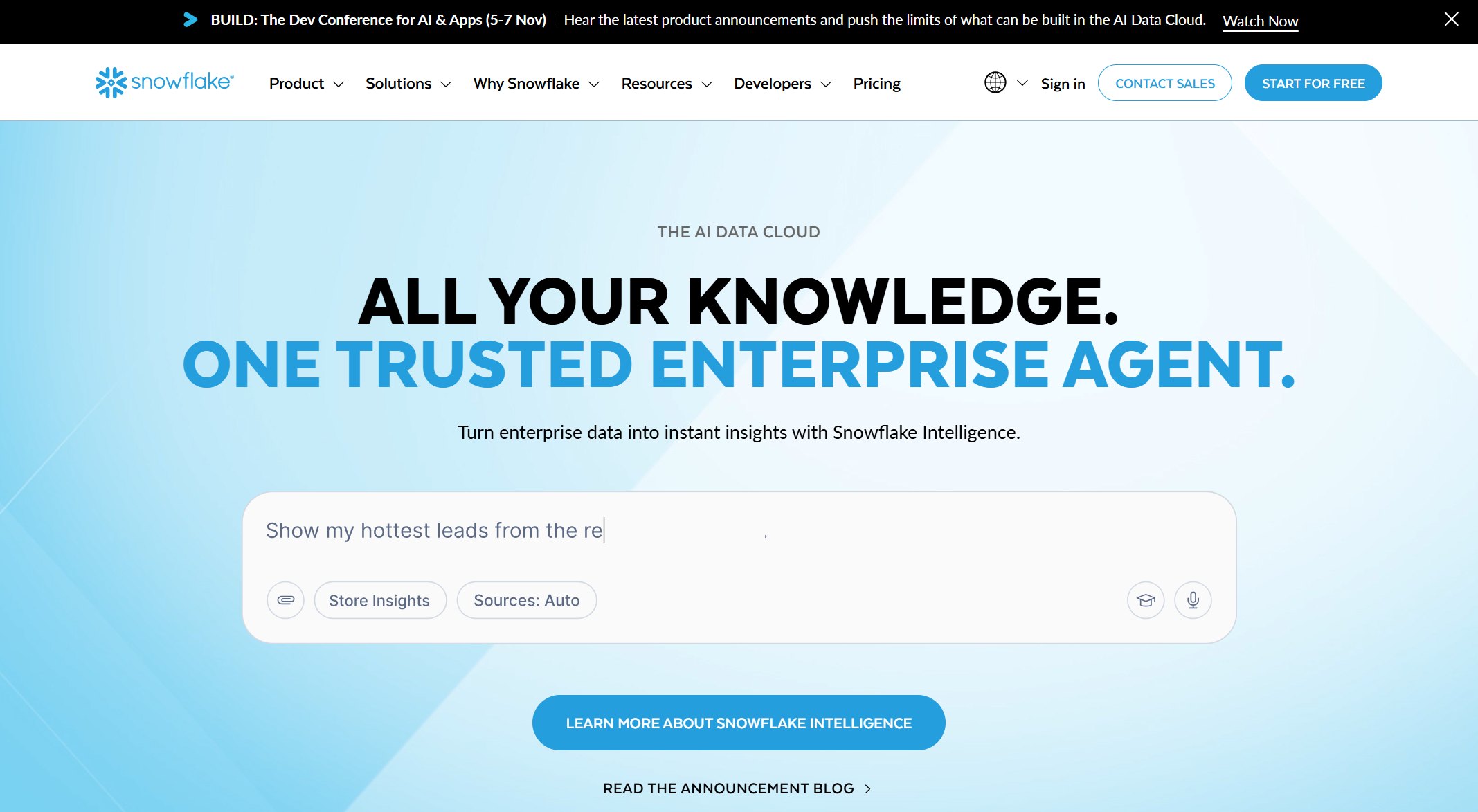
Website: https://www.snowflake.com/en/
Key Features
Snowflake offers a cloud-native data warehouse solution. The platform provides high scalability and performance, handling large data volumes efficiently. Users benefit from its unique architecture, separating storage and compute resources. Snowflake supports seamless data sharing and collaboration across organizations. The tool includes advanced security features, ensuring data protection and compliance.
Pros and Cons
Pros:
- High scalability and performance
- Separation of storage and compute
- Advanced security features
Cons:
- Higher learning curve for new users
- Cost can increase with extensive usage
Ideal Use Cases
Snowflake is suitable for enterprises requiring scalable and high-performance data warehousing. The platform fits organizations needing to share and collaborate on data across different departments. Advanced security features make it ideal for industries with stringent data protection requirements.
Emerging Trends in Data Management Tools
AI and Machine Learning Integration
Predictive Analytics
AI and machine learning enhance predictive analytics in data management tools. These technologies analyze historical data to forecast future trends. Businesses use predictive analytics for demand forecasting, customer behavior analysis, and risk management. AI-driven models identify patterns and anomalies, providing actionable insights. Predictive analytics helps organizations make data-driven decisions, improving efficiency and profitability.
Automated Data Cleaning
Automated data cleaning uses AI to improve data quality. This process identifies and corrects errors, inconsistencies, and duplicates in datasets. Automated tools streamline data preparation, reducing manual effort and human error. Clean data ensures accurate analysis and reporting, supporting better decision-making. Organizations benefit from improved data integrity and reliability.
Cloud-Based Solutions
Benefits of Cloud Storage
Cloud storage offers several advantages for data management. Scalability allows organizations to handle growing data volumes without infrastructure constraints. Cloud solutions provide flexibility, enabling access to data from anywhere with an internet connection. Cost-effectiveness reduces the need for significant upfront investments in hardware. Enhanced security features protect data from breaches and unauthorized access. Cloud storage supports disaster recovery, ensuring data availability during emergencies.
Popular Cloud Platforms
Several cloud platforms dominate the data management landscape. Amazon Web Services (AWS) offers a comprehensive suite of data management services. Microsoft Azure provides robust integration with other Microsoft products. Google Cloud Platform (GCP) excels in machine learning and big data analytics. Each platform offers unique features and pricing models, catering to different organizational needs. Businesses choose platforms based on specific requirements and existing technology stacks.
Data Privacy and Compliance
GDPR and CCPA
Data privacy regulations like GDPR and CCPA impact data management practices. GDPR (General Data Protection Regulation) governs data protection in the European Union. CCPA (California Consumer Privacy Act) focuses on consumer data privacy in California. Compliance with these regulations requires stringent data handling and protection measures. Organizations must ensure transparency, consent, and data subject rights. Non-compliance can result in significant fines and reputational damage.
Tools for Ensuring Compliance
Ensuring compliance with data privacy regulations is a critical aspect of modern data management. Several advanced tools are designed to help organizations navigate these complex requirements effectively.
Talend stands out with its built-in data governance features, which include comprehensive data quality controls, automated data masking, and anonymization. These features are essential for protecting sensitive information and ensuring compliance with regulations like GDPR and CCPA. Talend also offers robust access controls that restrict data access to authorized personnel only, minimizing the risk of unauthorized exposure.
Data Integration Solutions like Dell Boomi, Informatica, and Snowflake also provide strong compliance capabilities. Dell Boomi’s integration platform offers automated data governance and real-time compliance monitoring, ensuring that data flows align with regulatory standards. Informatica provides a suite of compliance tools, including advanced data lineage and auditing capabilities, which help organizations track data movement and ensure adherence to data privacy laws.
Azure Data Factory enhances compliance through its managed SSIS (SQL Server Integration Services) and serverless data pipelines, which streamline data integration while adhering to compliance standards. Azure Data Factory’s robust cloud integration capabilities facilitate secure data handling and integration across various environments.
Snowflake offers features like automatic data encryption and secure data sharing, which support compliance with data protection regulations. Its cloud-native architecture and strong access controls ensure that data remains secure and compliant throughout its lifecycle.
FineDataLink also plays a significant role in ensuring compliance. With its robust data integration capabilities, FineDataLink supports real-time data synchronization, automated workflows, and extensive support for both cloud-based and on-premises systems. The platform includes advanced security measures, such as data masking and encryption, to protect sensitive information. Its comprehensive compliance features help organizations maintain regulatory adherence and safeguard consumer data effectively.
In addition to these specific features, organizations benefit from tools that support regular audits and ongoing monitoring to detect and address compliance issues promptly. FineDataLink’s ability to handle complex integration tasks while ensuring data protection makes it a valuable asset in maintaining regulatory compliance and enhancing overall data management strategies.
Choosing the Right Data Management Tools
Selecting the right data management tool is crucial for organizational success in 2025. When evaluating tools, organizations should consider key factors such as usability, features, performance, and cost. For example, Azure Data Factory excels in cloud data integration, offering managed SSIS and serverless data pipelines that cater to diverse integration needs. Talend provides comprehensive governance and compliance features, making it a strong choice for organizations focused on data privacy and protection.
FineDataLink stands out for its user-friendly interface and comprehensive feature set, which includes real-time synchronization, robust security measures, and extensive pre-built connectors. By assessing these tools' capabilities and aligning them with organizational requirements, businesses can ensure they not only comply with data privacy regulations but also enhance their overall data management strategy.
Final Recommendations for you to pick your data management tool:
- Evaluate specific business requirements.
- Consider scalability and security needs.
- Explore tools offering comprehensive support and training.
- Explore these tools to find the best fit for your data management needs.
Continue Reading about Data Management
Mastering Data Management: Your Complete Guide
Essential Guide to Master Data Management

The Author
Howard
Data Management Engineer & Data Research Expert at FanRuan
Related Articles

Top 10 Database Management Tools for 2025
See the top 10 database management tools for 2025, comparing features, security, and scalability to help you choose the right solution for your business.
Howard
Dec 17, 2025

Best Data Lake Vendors For Enterprise Needs
Compare top data lake vendors for enterprise needs. See which platforms offer the best scalability, integration, and security for your business.
Howard
Dec 07, 2025

Top Data Ingestion Platform Compared
Compare the top 7 data ingestion platforms, including real-time features, integration, scalability, and pricing to find the best fit for your business.
Howard
Dec 04, 2025




